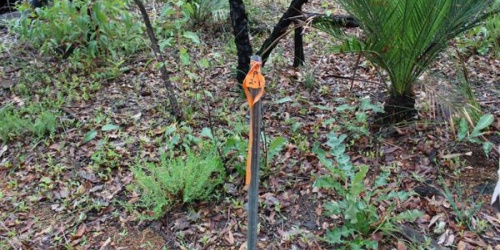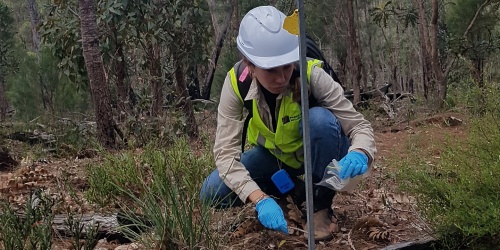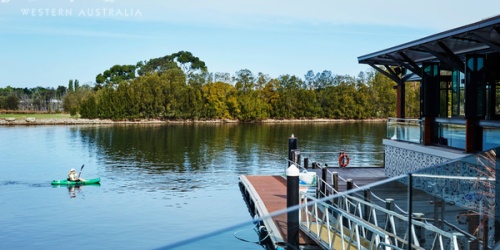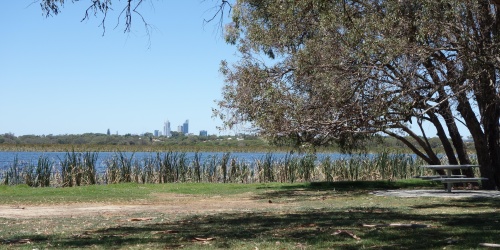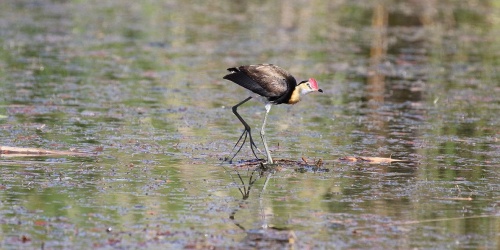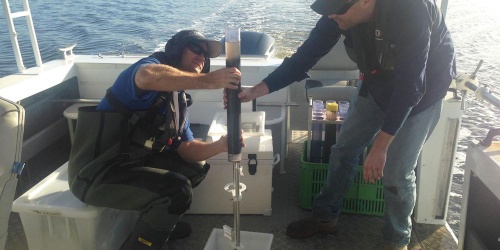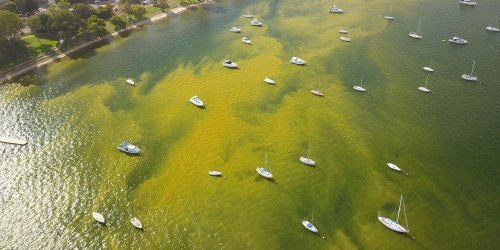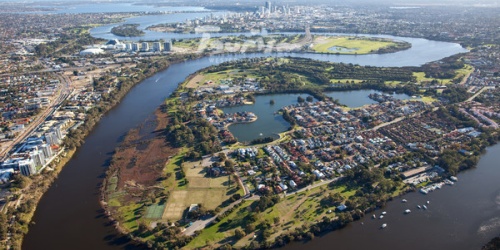
Verticordia insignis subsp. insignis. Photo by Kevin Thiele/DBCA
About the research project
Translocations – the movement of plant material, such as ex-situ grown seedlings – are used as part of threatened plant recovery efforts.
The successful recovery of threatened flora will rely increasingly on translocation to secure sites where the amelioration of threats has been successful or where current threats such as weeds or Phytophthora are not present.
There is limited information available on how to implement successful plant translocations and virtually no information on how we can determine whether a translocation has, or will be, successful.
This project aims to develop and refine translocation methods, by trialling different methods during or after planting (e.g. irrigation, fencing) and determining the success of these techniques through monitoring of plant survival, growth, and reproduction (flowering and fruiting).
The project also aims to develop protocols for determining and predicting translocation success. These protocols will be based on estimates of population viability such as reproductive output (e.g. seed production, seed viability) and, ultimately, recruitment of new individuals, with this information gathered during detailed monitoring of each translocation.
Assessments of genetic health using genetic studies, long-term population viability through population viability modelling and resilience to disturbances such as fire will also be undertaken to assist in predicting long-term population viability.
Management outcomes
The project aims to develop routine translocation methods that can be applied to plant translocations in south-west Western Australia.
Analysis of plant translocation data has shown the value of watering over the first two summers after planting and the use of fences to protect plants from grazers in improving translocation survival or growth. These techniques are now considered standard practice for plant translocations in south-west Western Australia.
Another intended management outcome are protocols for assessing translocation success. Appropriate success criteria can be used as a basis for assessing whether a translocated population has established and is likely to persist in the long term. Ultimately it is important to understand when a population is self-sustaining so that the translocated population can be included when considering the threatened status of the species.
Progress
This project is ongoing. The value of management techniques such as summer watering and fences to exclude grazes have been demonstrated, whereas the use a mulch and of soil conditioners (e.g. soil wetting agents) have not improved translocation success as currently applied and require further research. Other planting techniques, such as the role of fire before planting, are now being investigated and will require further monitoring and application over a range of translocations before conclusions can be made about widespread use in future translocations.
The development of seed orchards to boost seed numbers for recovery efforts has begun and the investigation of the resilience of translocated populations to fire, a common type of disturbance in south-west Western Australia has been started and will be expanded to other translocated plant populations where appropriate.
Project team
Leone Monks - Research Scientist and Rebecca Dillon - Research Scientist
Collaborators
Department of Biodiversity, Conservation and Attractions regional staff (Parks and Wildlife Service).
Publications
Monks L, Coates D, Bell T, Bowles M (2012) Determining success criteria for reintroductions of threatened long-lived plants. In: Plant Reintroduction in a Changing Climate: Promises and Perils. Eds: Maschinski J, and Haskins K. Island Press, Washington, D.C. Pp. 9-29.
Dillon RA, Monks LT, Coates DJ (2018) Establishment success and persistence of threatened plant translocations: an experimental approach. Aust J Bot 66:338-346. https://doi.org/10.1071/BT17187
Monks L, Coates D, Dillon R (2018) Threatened plant translocation case study: Acacia cochlocarpa subsp. cochlocarpa (Spiral Fruited Wattle), Fabaceae. Australasian Plant Conservation 26:3-5.
Monks L, Barrett S, Beecham B, Byrne M, Chant A, Coates D, Cochrane JA, Crawford A, Dillon R, Yates C (2019) Recovery of threatened plant species and their habitats in the biodiversity hotspot of the Southwest Australian Floristic Region. Plant Diversity 41:59-74.
Contact
Leonie Monks
leonie.monks@dbca.wa.gov.au
